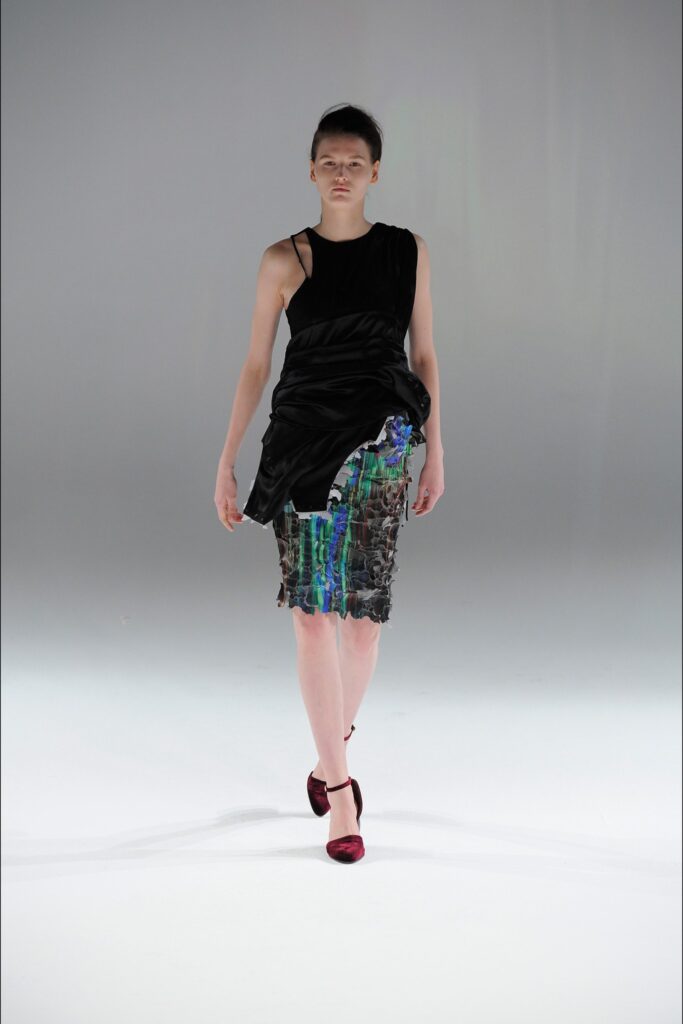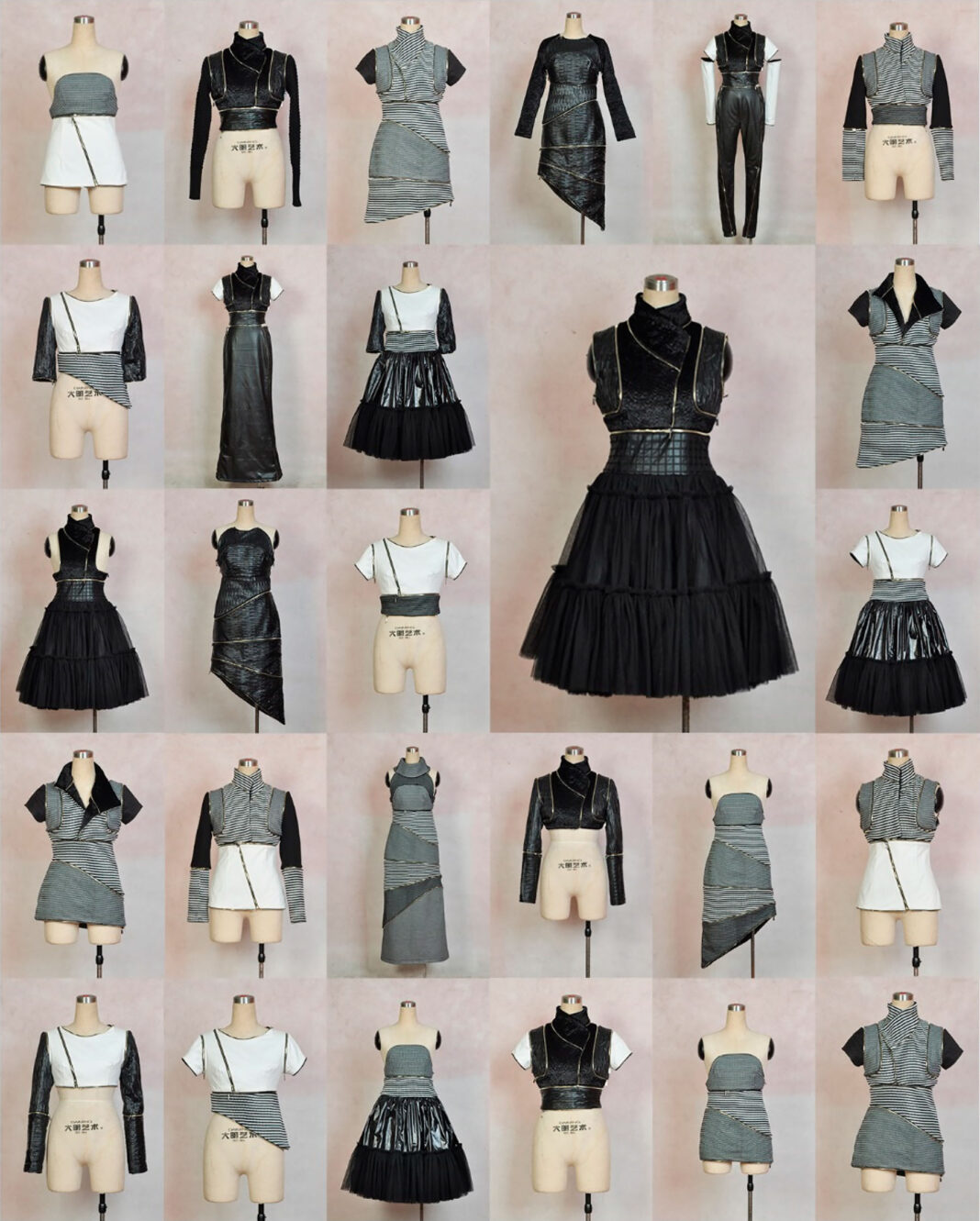Summary
“Under the umbrella of transformable fashion is also the concept of “modular fashion.” Modular fashion refers to clothing items that have detachable pieces, so that one can easily alter the clothing item to suit changing needs and tastes over time.” (Peter, 2018)

“Transformable clothing aligns with a few different aspects of environmentally ethical fashion design. For one, a garment made in a manner that can change appearances easily may encourage consumers to buy fewer clothing items, given its versatility. Additionally, enabling users to affect the design of a garment may cause them to feel more emotionally attached to the garment, delaying its psychological obsolescence. We might compare this to other strategies in sustainable fashion that emphasize buying fewer high-end garments that are more durable, as opposed to their fast fashion counterparts.” (Peter, 2018)

“Its ability to be taken apart and reassembled allows wearers to replace only damaged parts of a garment rather than purchasing an entirely new garment. Modular clothing may also require less washing, since users may opt to clean only the parts of the garment that are more easily dirtied. This is significant given that washing and drying clothing accounted for more than 13% of household electricity use in the UK in 2014, and constitute the largest source of energy consumption in the life cycles of cotton and polyester clothing.” (Peter, 2018)
Analysis
One of the aversions to module fashion has been the notion that it encourages consumers to purchase less items. Whether there is any validity to that claim or not, clothing companies (in general) are not going to produce a piece that effectively eliminates the market for their other products. However, if we apply a care ethics approach, then this would directly violate the principle, Care of Complexity.
Developing a wearable product with care ethics in mind means that I must consider the afterlife of my product and its potential post consumer waste. If a modular design (e.g. zippers, hooks and eyes, drawstrings) encourages care, then it would be advantageous to incorporate some of these physical touchpoints into the design.
Sources
Peter, J. (2018, November 24). Transformable Fashion: The biggest sustainable clothing trend that never was. The Fashion Studies Journal. Retrieved September 30, 2022, from https://www.fashionstudiesjournal.org/longform/2018/9/15/transformable-fashion#:~:text=Modular%20fashion%20refers%20to%20clothing,concept%20of%20%E2%80%9Cmodular%20fashion.%E2%80%9D




